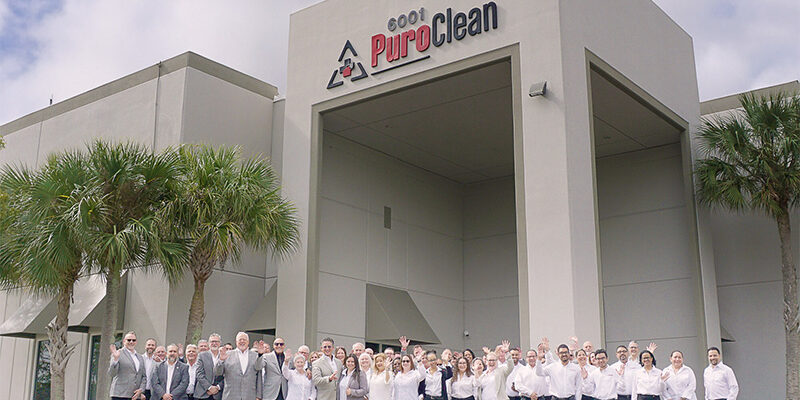Hurricane Maria’s Trail of Destruction

The latest Atlantic hurricane this season, Hurricane Maria, gained intensity quickly on Monday, September 18, moving from a Category 1 to a Category 5 in 15 hours, according to Weather.com. The storm was the third to carve its way across the Caribbean in as many weeks. It is the fifth strongest Atlantic storm to ever hit the United States.
September 18 and 19, the storm hit the eastern Caribbean islands, causing substantial damage to several of the Antilles including catastrophic damage to Dominica where it made landfall as a Category 5 hurricane with sustained winds of 160 mph, according to the National Hurricane Center (NHC). Dominica Prime Minister Roosevelt Skerrit said after the storm, “So far we have lost all what money can buy and replace… I am honestly not preoccupied with physical damage at this time, because it is devastating … indeed, mind-boggling. My focus now is in rescuing the trapped and securing medical assistance for the injured.”
Early September 20, Hurricane Maria made direct landfall in Puerto Rico as a Category 4 hurricane with ground wind speeds in excess of 150 mph (it broke the measurement tool). Meteorologist say some areas of the island received as much as 40 inches of rain from the storm. Maria is the worst hurricane to hit Puerto Rico in 80 years, according to ABC news and other outlets. Eighty percent of the island is without power, and the government reports the area could be without power for up to six months, with only a few essential locations having generators. Some areas have no clean water and supplies are highly limited.
Destruction in the area is apocalyptic. Government aid is being sent to Puerto Rico at the time, but this U.S. territory is in desperate need of help from the mainland.
NHC also reports the storm had the lowest central pressure of any hurricane since 2007 and has the 10th lowest pressure of any Atlantic hurricane on record.
What makes Hurricane Maria especially powerful is its “pinhole eye” — a smaller-than-usual eye that causes the eye wall and rain bands around it to be exceptionally dangerous, as the storm spends much faster, according to Bustle.
Walls being blown apart during extreme wind inside lobby of hotel #HurricaneMaria pic.twitter.com/bL9PUOEzJN
— Mike Theiss (@MikeTheiss) September 20, 2017
While the hurricane did not hit the eastern U.S. coast, primarily due to Hurricane Jose’s stalled presence in the waters of the Northeastern coast. Maria’s northern, rather than western, trajectory was due to pressure being absorbed by Jose. However, Maria caused high rip tides to the eastern coast and flooding to coastal areas, as Jose did. Jose caused flooding in New Jersey, New York, North Carolina, and Virginia, as well as other areas.
More flooded cars in @NorfolkVA #ghent #flood #jose @WAVY_News @WAVY_Weather pic.twitter.com/ejbBvVmsCY
— David Craft (@CraftyWavy) September 19, 2017












